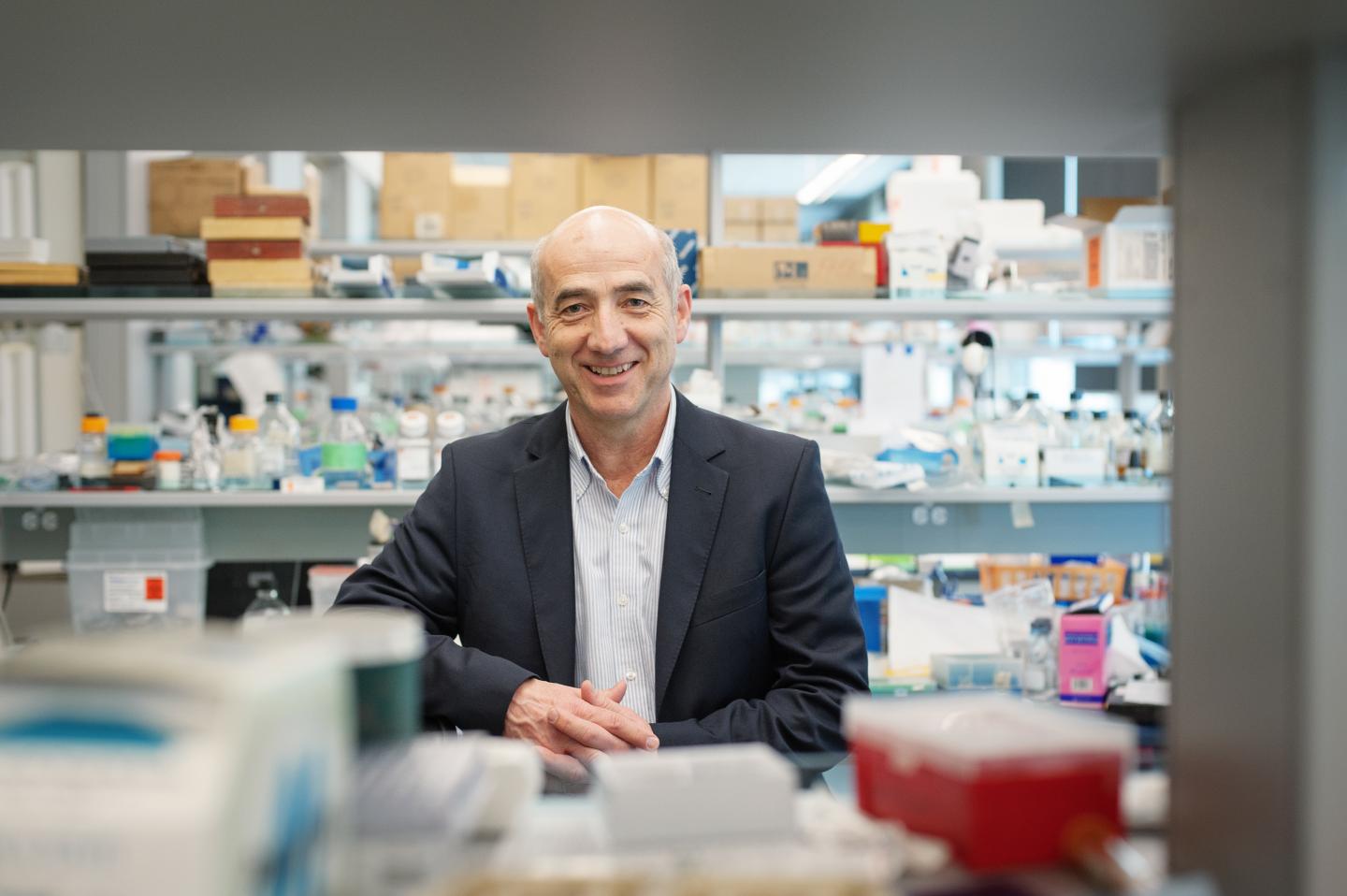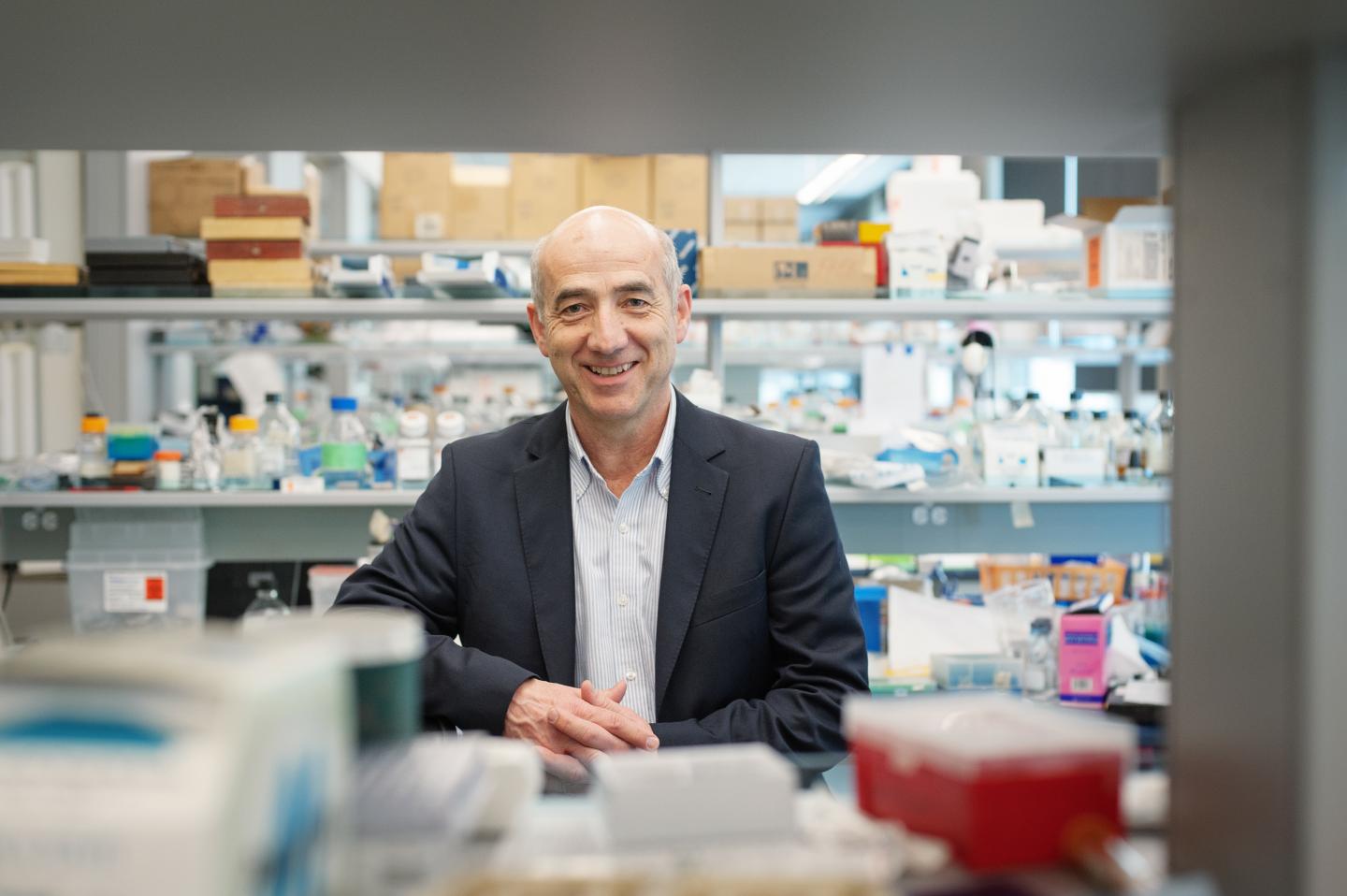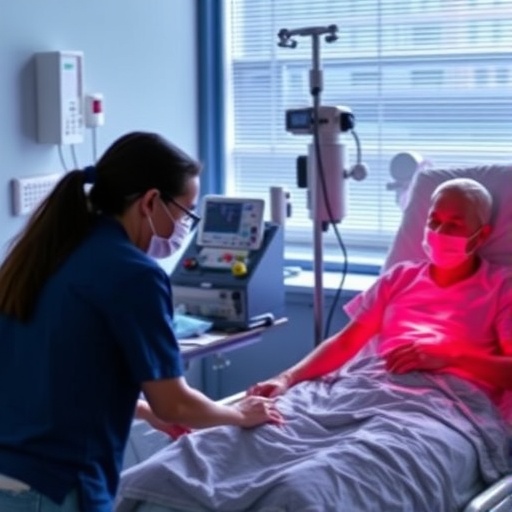
Credit: UBC
The ancient Japanese art of flower arranging was the inspiration for a groundbreaking technique to create tiny "artificial brains" that could be used to develop personalized cancer treatments.
The organoids, clusters of thousands of human brain cells, cannot perform a brain's basic functions, much less generate thought. But they provide a far more authentic model – the first of its kind – for studying how brain tumours grow, and how they can be stopped.
"This puts the tumour within the context of a brain, instead of a flat plastic dish," said Christian Naus, a professor in the department of cellular and physiological sciences, who conceived the project with a Japanese company that specializes in bioprinting. He shared details about the technique at November's annual Society for Neuroscience conference in San Diego. "When cells grow in three dimensions instead of two, adhering only to each other and not to plastic, an entirely different set of genes are activated."
Naus studies glioblastoma, a particularly aggressive brain cancer that usually takes root deep inside the brain, and easily spreads. The standard care is surgery, followed by radiation and/or chemotherapy, but gliomas almost always return because a few malignant cells manage to leave the tumour and invade surrounding brain tissue. From the time of diagnosis, average survival is one year.
The idea for creating a more authentic model of glioblastoma originated when Naus partnered with a Japanese biotechnology company, Cyfuse, that has developed a particular technique for printing human tissues based on the Japanese art of flower arranging known as ikebana. In ikebana, artists use a heavy plate with brass needles sticking up, upon which the stems of flowers are affixed. Cyfuse's bioprinting technique uses a much smaller plate covered with microneedles.
Working with Naus and research associate Wun Chey Sin, Kaori Harada of Cyfuse skewered small spheres of human neural stem cells on the microneedles. As the stem cells multiplied and differentiated into brain tissue, they merged and formed larger structures known as organoids, about two millimetres to three millimetres in diameter. Although the organoids lack blood vessels, they are small enough to allow oxygen and nutrients to permeate the tissue.
"The cells make their own environment," said Naus, Canada Research Chair in Gap Junctions and Neurological Disorders. "We're not doing anything except printing them, and then they self-assemble."
The team then implanted cancerous glioma cells inside the organoids. Naus found that the gliomas spread into the surrounding normal cells.
Having shown that the tumour invades the surrounding tissue, Naus envisions that such a technique can be used with a patient's own cells – both their normal brain cells and their cancerous cells – to grow a personalized organoid with a glioma at its core, and then test a variety of possible drugs or combinations of treatment to see if any of them stop the cancer from growing and invading.
"With this method, we can easily and authentically replicate a model of the patient's brain, or at least some of the conditions under which a tumour grows in that brain," said Naus. "Then we could feasibly test hundreds of different chemical combinations on that patient's cells to identify a drug combination that shows the most promising result, offering a personalized therapy for brain cancer patients."
###
Media Contact
Brian Kladko
[email protected]
604-827-3301
@UBCnews
http://www.ubc.ca
############
Story Source: Materials provided by Scienmag





